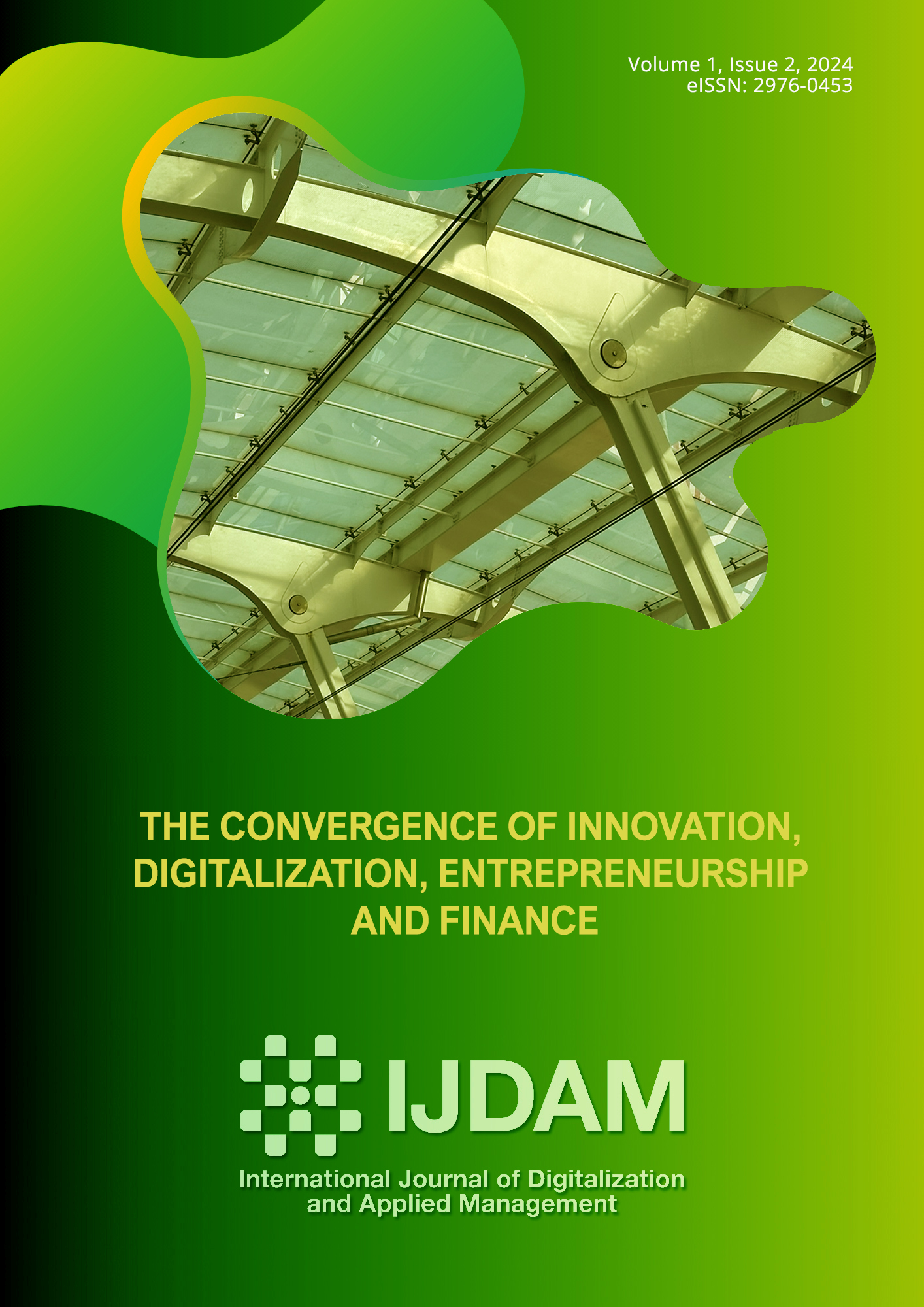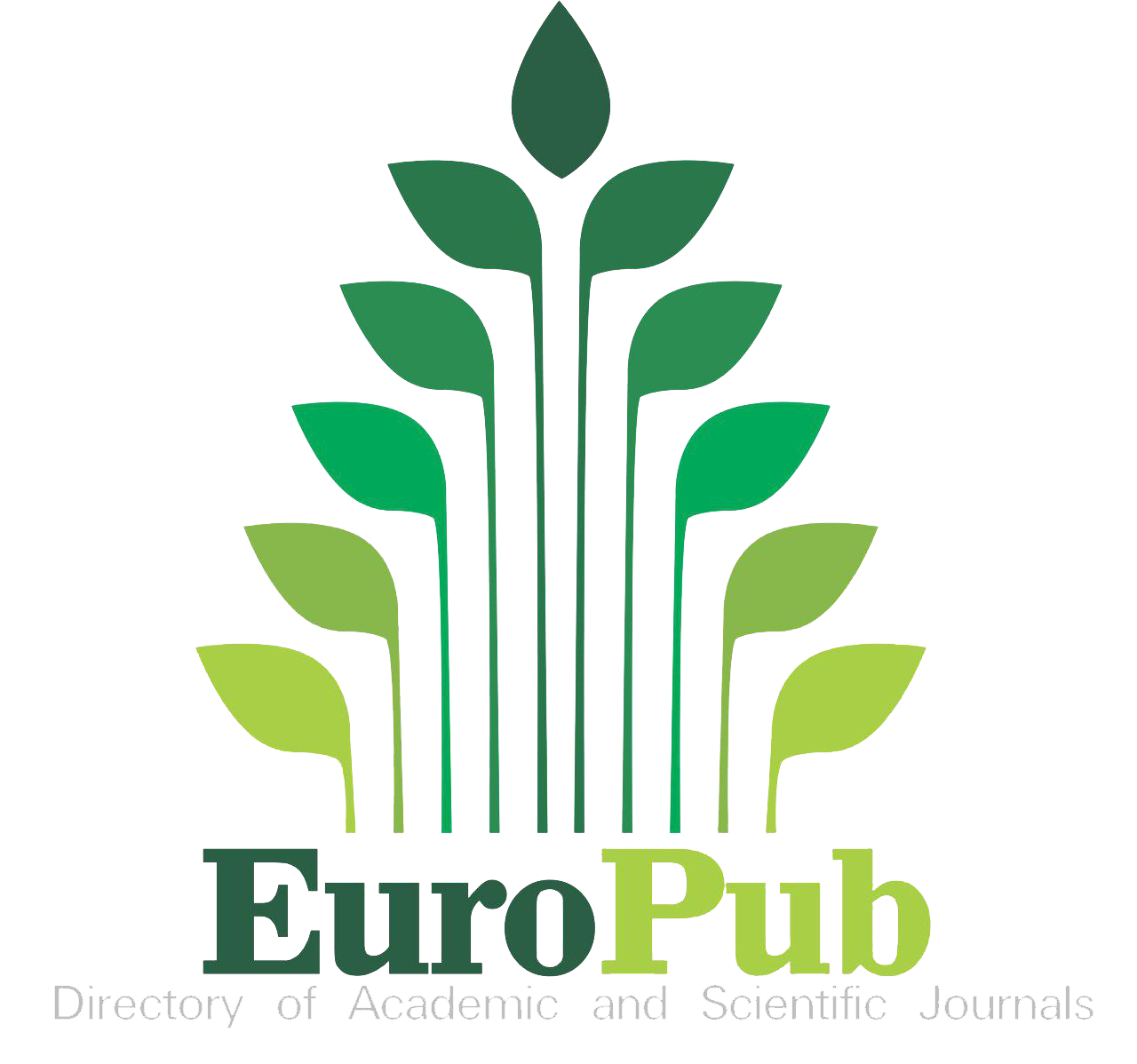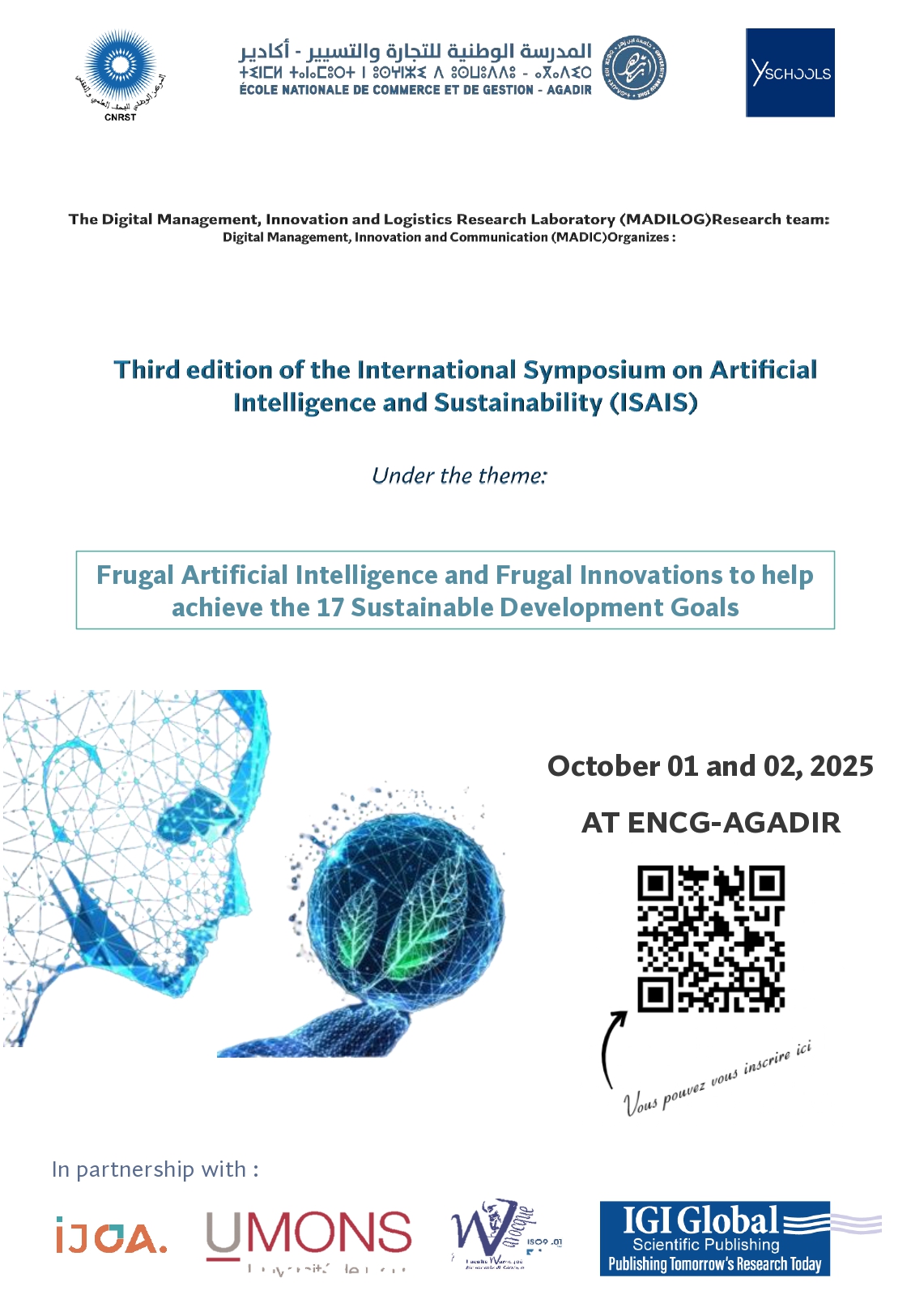Evaluating the performance of R&D projects from the logic of economic efficiency to institutional logic
the case of an electronics company
DOI:
https://doi.org/10.23882/ijdam.24134Keywords:
Evaluation, performance, R&D project, process, Risks, innovation, legitimacyAbstract
From the results of empirical research, the communication presents the results of a survey evaluation conducted on the limits of performance evaluation of R&D projects. The results show that firstly limits are perceived differently according the nature, the field of research, the phase of projects and secondly, in this R&D Division, evaluate R&D project performance would be an innovation barrier and against long term performance. This kind of practice would be called for providing stability and meaning to social behavoir.
References
Abdi, A., Taghipour, S., & Khamooshi, H. (2018). A model to control environmental performance of project execution process based on greenhouse gas emissions using earned value management. International Journal of Project Management, 36(3), 397 413.
Alkrich M., Callon M., & Latour B. (1988), “A quoi tient le succès des innovations, Premier Episode:l’art de l’intéressement », Annales des Mines, Série Gérer et Comprendre, juin , pp. 4-17.
Alter N. (2001), L’innovation ordinaire, PUF
Cabanes B., Le Masson P. et Weil B., (2020), « organiser la création de connaissances pour l’innovation de rupture », RFG n° 288 pp. 35-60.
Callon M. (1986), « Eléments pour une sociologie de la traduction », l’Année sociologique, n°36.
Callon M. (1994), « l’innovation technologique et ses mythes », Annales des Mines, Série Gérer et Comprendre, n° 34, mars , pp.5-17.
Berger P. & Luckman T., (1966), La construction sociale de la réalité, traduction française, Paris, Masson/ Armand Collin, 1996
Bouquin H. (1998), Le contrôle de gestion, PUF,4è édition, Paris.
Bouquin H., Pesqueux Y. (1999) ; « Vingt ans de contrôle de gestion ou le passage d’une technique à une discipline », Comptabilité-Contrôle-Audit, les vingt ans de l’AFC, Mai, pp. 93-105.
Charue-Duboc, F. et Raulet-Croset, N. (2014). Confrontation de logiques institutionnelles et dynamique des routines organisationnelles. Revue Française de Gestion, 40(240), pp. 29-44.
Callon M. (1992), « Variété et irréversibilité dans les réseaux de conception et d’adoption des techniques », in Foray D. &Freeman C., Technologie et richesse des nations, Economica, 1992, pp. 275-324.
Chiapello E., (1994) ; « Les modes de contrôle des organisations artistiques », Thèse de Doctorat, Université de Paris Dauphine.
DiMaggio P.J. and Powell W.W. (1983), ”The iron case revisited: Institutional Isomorphism and Collective Rationality in Organisational Fields”, American sociological review, vol.48, april, pp 147-160.
DiMaggio, P.J. and Powell W.W. (1991), The New Institutionalism in organizational Analysis, Eds. T. U. o .C. Press, pp.143-163.
DiMaggio, P. et Powell, W. W. (1997). Le néo-institutionnalisme dans l’analyse des organisations. Politix. Revue des Sciences Sociales du Politique, 10(40), 113-154
Hamel G. & Prahalad C.K. (1989), “Strategy and Intent”, Harvard Business Review, mai-juin, p.63;
Jain, R., Triandis, H. C. et Weick, C. W. (2010). « Performance Appraisal Employee Contribution in R&D Organizations », Managing Research, Development and Innovation : Managing the Unmanageable, Wiley, New Jersey, 2010, 3rd ed., p.185-212.
Jones, C., Anthony, C. et Boxenbaum, E. (2013). The Immateriality of Material Practices in Institutional Logics. In E. Boxenbaum et M. Lounsbury, Institutional Logics in Action (Vol. 1-Part A, p. 51-75). Bingley : Emerald Group Publishing Limited.
Gawlik, J. et Kielbus, A. (2010). « Chosen Aspects of Innovation Projects Management », Archives of Foundry Engineering, vol. 10, no. 3, p. 175-182.
Kline S. & Rosenberg N. (1986), “An Overview of Innovation”, in Landeau R. et Rosenberg N., The positive Sum, Washington, National Academy Press.
Lazzarotti, V., Manzini, R. et Mari, L. (2011). « A Model for R&D Performance Measurement », International Journal Production Economics, vol. 134, p. 212-223.
Loilier T., Tellier A., (1999), Gestion de l’innovation, Editions Management société, .
Lorino P. (1998), Méthodes et pratiques de la performance, le guide du pilotage, Les Editions d’Organisation
Malo J.L. et Mathé J.C., (1998), L’essentiel du contrôle de gestion, les Editions d’Orgnisation.
Midler C., (1993), L’auto qui n’existait pas. Management des projets et transformation de l’entreprise, InterEditions ;
Meyer J.W. and Rowan B., (1977), “Institutionalized Organizations: Formal Structure as Myth and Ceremony”, American Journal of sociology, vol. 83, N°.2,pp. 340-363.
Meyer J.W. and Scott W.R. (1983), Organizational Environments: Ritual and Rationality, Eds. SAGE, Beverly Hills.
Meyer, M.W., Freeman, J.H., Hannan, M. T., Meyer, J. W., Ouchi, W. G., Pfeffer, J. & Scott, W. R. (1980), Environments and organizations, San Francisco, Jossey Bass Publishers.
Nullaly J. (1978), Psychometric Theory, 2ème Edition New York, 1978; pp 230-236.
Ouchi W.G. (1980), « Markets, bureaucracies and clans », Administrative Science Quaterly, vol.25, n°1, march, pp. 129-141.
Pesqueux Y. (2002), Organisations : modèles et représentations, PUF.
Pesqueux Y. (1999), « le contrôle de gestion face aux enjeux de la flexibilité et aux enjeux de la complexité », Questions de contrôle, sous la direction de Collins L. , PUF, pp.55-68.
Rogers E.M., (1962), Diffusion of innovations, The Free Press.
Saad K.N., Bohlin N.H. et Van Oene F., (1992), R&D de troisième génération, Les Editions d’Organisation,.
Scott W.R., (1995), Institutions and Organisations, Eds. T.O. SAGE.
Stinchcombe A. L., (1965)., “Social Structure and Organizations”, in J.G. March, Handbook of Organizations, Eds., Chicago, pp. 142-193.
Suomala, P. et Jamsen. (2003). « Performance Measurement in Finish Industrial R&D Management », The Finish Journal of Business Economics, vol. 52, no. 4, p. 474-494.
Tarondeau J.C., (1994), Recherche et développement, Vuibert, Coll. Gestion .
Thornton, P. H., Ocasio, W. et Lounsbury, M. (2012). The Institutional Logics Perspective : A New Approach to Culture, Structure, and Process. Oxford : Oxford University Press. Thrift, N. (2005). Knowing capitalism. Londres : Sage Publications
Downloads
Published
How to Cite
Issue
Section
License
Copyright (c) 2024 Papa Ibra KEBE, EL BETTIOUI Rachid, Christophe COMBAUDON

This work is licensed under a Creative Commons Attribution-NonCommercial 4.0 International License.


 Portugal
Portugal









